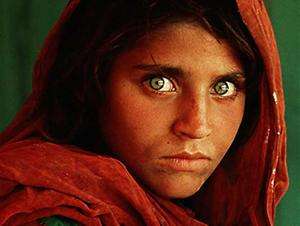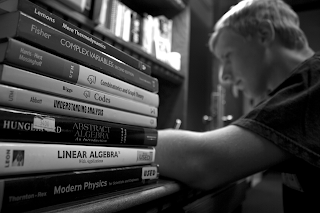People/place centered. The object of news photography is to tell a story, and give faces/images to a story so that readers can better relate and understand a situation. This means capturing what might be the essence/tone/emotion of a place. They are usually pretty direct. You don't want a reader to misinterpret an image-- the goal is to produce a powerful image that tells a story, and relates the tone of a situation as directly as possible, not leaving much room for misinterpretation.
Describe some common aesthetic aspects of “snapshots”.
Candid. That's what comes to mind first. Unplanned, perhaps blurry, not always well framed or composed (though sometimes they come out better than expected) and most importantly, genuine. You can often capture the most natural moments and features of people when they don't know a photo is coming.
Describe some common aesthetic aspects of advertisement photographs. Fashion photography? Product photography?
I think that lighting is a big part of advertising, fashion or product photography (aren't these all selling a product?) I associate this type of photography with great (and unrealistic) lighting conditions to best display the product. I think that the word 'unrealistic' is a good way to describe advertising photography, both in the display and the people that are used to advertise the product.
Describe some common aesthetic aspects of film or movie stills.
I think that there is a definite mood that is set in film stills... whether it is bright and sunny, foggy, windy, rainy, cold... snowing... night or day. Obviously I think weather plays a large part in this! I think there is also a way the camera is set up to provide for movement across the frame.
Describe some common aesthetic aspects of yearbook photos and/or senior pictures.
I think that there is a certain cheesy and unrealistic feel to these photos. I remember guys who normally ran around looking rather unkempt would magically look suddenly very cleaned up for their senior pictures. You aren't usually dressed like you normally are, and you've got a smile plastered on your face. This sounds pretty negative -- there are very genuine, well done senior pictures that are done, but it just seems that these pictures are made to please a certain set of people... mom, dad, grandma... and don't always portray a person't real personality.









